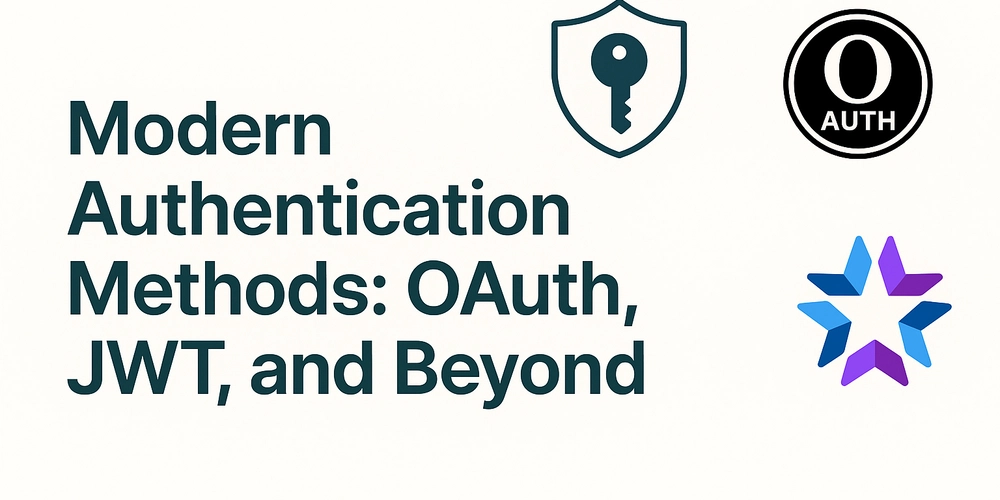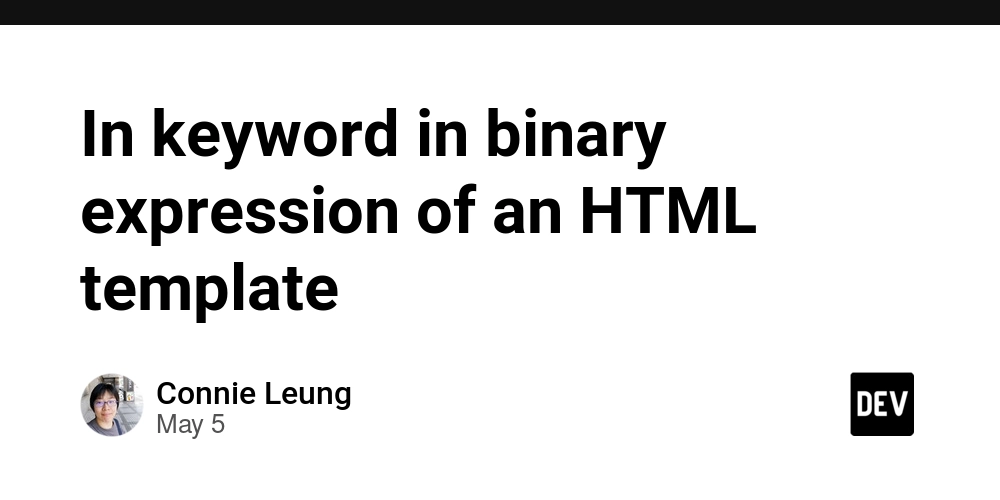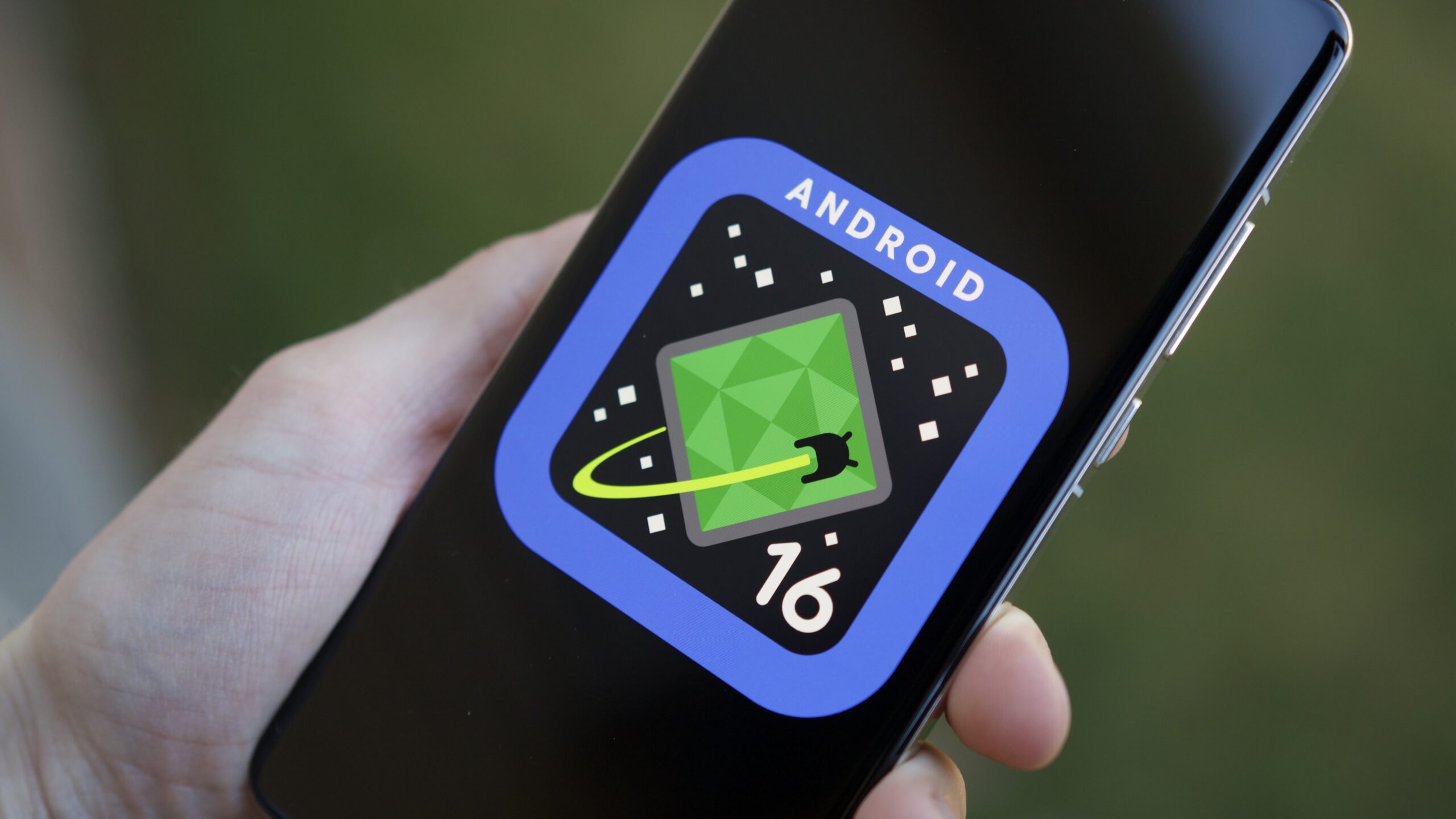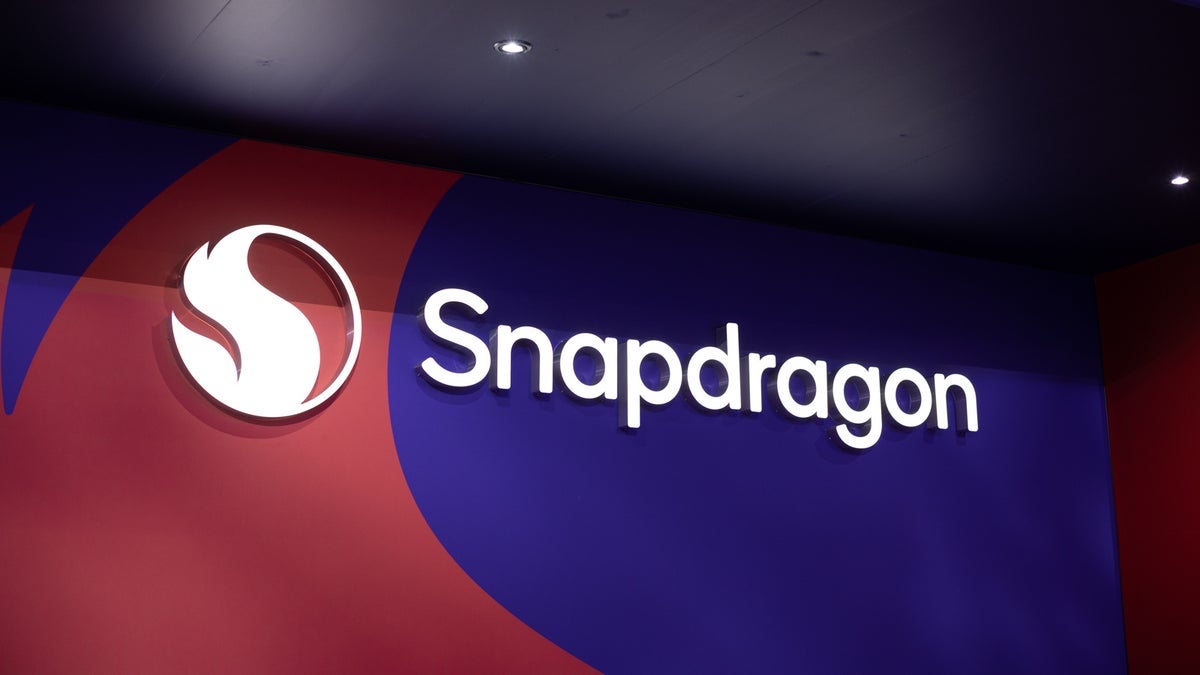Building AI Pipelines Like Lego Blocks: LCEL with RAG
Building AI Pipelines Like Lego Blocks: LCEL with RAG The Coffee Machine Analogy Imagine assembling a high-tech coffee machine: Water Tank → Your data (documents, APIs, databases). Filter → The retriever (fetches relevant chunks). Boiler → The LLM (generates answers). Cup → Your polished response. LangChain Expression Language (LCEL) is the instruction manual that snaps these pieces together seamlessly. No duct tape or spaghetti code—just clean, modular pipelines. Why LCEL? The “Lego Kit” for AI LCEL lets you build production-ready RAG systems with: ✅ Reusable components (swap retrievers, prompts, or models in one line). ✅ Clear wiring (no tangled code—just logical pipes). ✅ Built-in optimizations (async, batching, retries). The 4 Key Components of a RAG Chain Retriever → Searches your vector DB (like a librarian). Prompt Template → Formats the question + context for the LLM. LLM → Generates the answer (e.g., GPT-4, Claude). Output Parser → Cleans up responses (e.g., extracts text, JSON). Step-by-Step: Building the Chain A. Instantiate the Retriever Turn your vector DB into a search tool: retriever = vector_store.as_retriever( search_type="similarity", # Finds semantically close chunks search_kwargs={"k": 2} # Retrieves top 2 matches ) B. Craft the Prompt Template A recipe telling the LLM how to use context: from langchain.prompts import ChatPromptTemplate template = """Answer using ONLY this context: {context} Question: {question}""" prompt = ChatPromptTemplate.from_template(template) C. Assemble with LCEL The magic of RunnablePassthrough and the | (pipe) operator: rag_chain = ( {"context": retriever, "question": RunnablePassthrough()} | prompt # Combines question + context | llm # Generates answer | StrOutputParser() # Returns clean text ) How It Flows User asks: "What were the key findings of the RAG paper?" Retriever fetches 2 relevant chunks. Prompt stitches question + context. LLM generates a grounded answer. Why This Rocks

Building AI Pipelines Like Lego Blocks: LCEL with RAG
The Coffee Machine Analogy
Imagine assembling a high-tech coffee machine:
Water Tank → Your data (documents, APIs, databases).
Filter → The retriever (fetches relevant chunks).
Boiler → The LLM (generates answers).
Cup → Your polished response.
LangChain Expression Language (LCEL) is the instruction manual that snaps these pieces together seamlessly. No duct tape or spaghetti code—just clean, modular pipelines.
Why LCEL? The “Lego Kit” for AI
LCEL lets you build production-ready RAG systems with:
✅ Reusable components (swap retrievers, prompts, or models in one line).
✅ Clear wiring (no tangled code—just logical pipes).
✅ Built-in optimizations (async, batching, retries).
The 4 Key Components of a RAG Chain
Retriever → Searches your vector DB (like a librarian).
Prompt Template → Formats the question + context for the LLM.
LLM → Generates the answer (e.g., GPT-4, Claude).
Output Parser → Cleans up responses (e.g., extracts text, JSON).
Step-by-Step: Building the Chain
A. Instantiate the Retriever
Turn your vector DB into a search tool:
retriever = vector_store.as_retriever(
search_type="similarity", # Finds semantically close chunks
search_kwargs={"k": 2} # Retrieves top 2 matches
)
B. Craft the Prompt Template
A recipe telling the LLM how to use context:
from langchain.prompts import ChatPromptTemplate
template = """Answer using ONLY this context:
{context}
Question: {question}"""
prompt = ChatPromptTemplate.from_template(template)
C. Assemble with LCEL
The magic of RunnablePassthrough and the | (pipe) operator:
rag_chain = (
{"context": retriever, "question": RunnablePassthrough()}
| prompt # Combines question + context
| llm # Generates answer
| StrOutputParser() # Returns clean text
)
How It Flows
- User asks: "What were the key findings of the RAG paper?"
- Retriever fetches 2 relevant chunks.
- Prompt stitches question + context.
- LLM generates a grounded answer.
Why This Rocks





































































































































































![[The AI Show Episode 145]: OpenAI Releases o3 and o4-mini, AI Is Causing “Quiet Layoffs,” Executive Order on Youth AI Education & GPT-4o’s Controversial Update](https://www.marketingaiinstitute.com/hubfs/ep%20145%20cover.png)






























































































































![[DEALS] Microsoft 365: 1-Year Subscription (Family/Up to 6 Users) (23% off) & Other Deals Up To 98% Off – Offers End Soon!](https://www.javacodegeeks.com/wp-content/uploads/2012/12/jcg-logo.jpg)



![From Art School Drop-out to Microsoft Engineer with Shashi Lo [Podcast #170]](https://cdn.hashnode.com/res/hashnode/image/upload/v1746203291209/439bf16b-c820-4fe8-b69e-94d80533b2df.png?#)




















![Re-designing a Git/development workflow with best practices [closed]](https://i.postimg.cc/tRvBYcrt/branching-example.jpg)




















































































(1).jpg?#)






























_Inge_Johnsson-Alamy.jpg?width=1280&auto=webp&quality=80&disable=upscale#)




























































































![The Material 3 Expressive redesign of Google Clock leaks out [Gallery]](https://i0.wp.com/9to5google.com/wp-content/uploads/sites/4/2024/03/Google-Clock-v2.jpg?resize=1200%2C628&quality=82&strip=all&ssl=1)
![What Google Messages features are rolling out [May 2025]](https://i0.wp.com/9to5google.com/wp-content/uploads/sites/4/2023/12/google-messages-name-cover.png?resize=1200%2C628&quality=82&strip=all&ssl=1)














![New Apple iPad mini 7 On Sale for $399! [Lowest Price Ever]](https://www.iclarified.com/images/news/96096/96096/96096-640.jpg)
![Apple to Split iPhone Launches Across Fall and Spring in Major Shakeup [Report]](https://www.iclarified.com/images/news/97211/97211/97211-640.jpg)
![Apple to Move Camera to Top Left, Hide Face ID Under Display in iPhone 18 Pro Redesign [Report]](https://www.iclarified.com/images/news/97212/97212/97212-640.jpg)
![Apple Developing Battery Case for iPhone 17 Air Amid Battery Life Concerns [Report]](https://www.iclarified.com/images/news/97208/97208/97208-640.jpg)




































































































